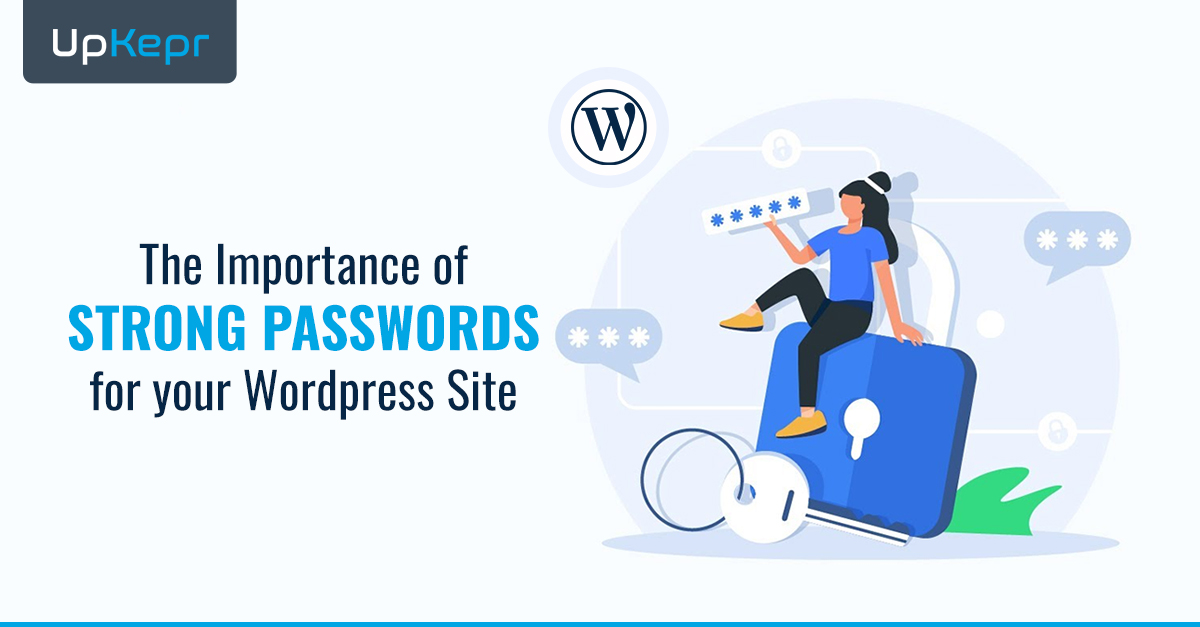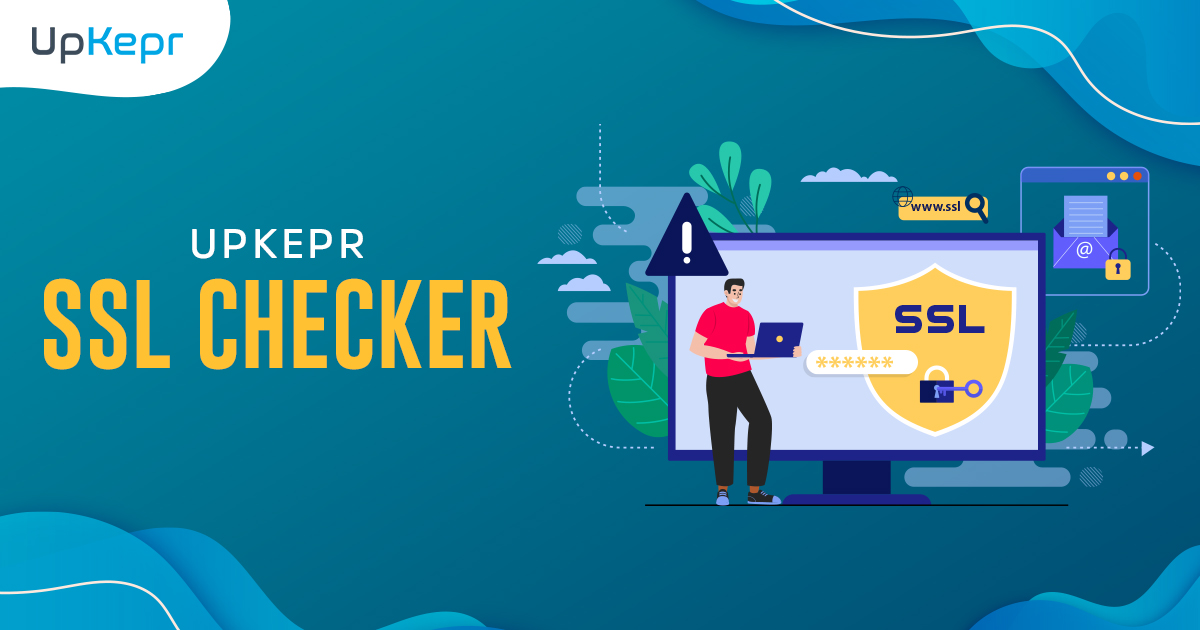
PrestaShop Hacked - Effective Solutions to Restore and Secure Your Store

Introduction
Running an online store on PrestaShop offers great opportunities to reach customers worldwide, providing flexibility and scalability that can help your business grow. However, with the benefits of an online presence come the risks of cyberattacks. As an eCommerce platform, PrestaShop is not exempt from threats like hacking, which can have serious consequences. A hacked store can lead to stolen customer data, disrupted sales, and damage to your business's reputation, which can take years to rebuild. It's crucial to stay vigilant and know how to handle such situations.
If you're wondering, "What should I do if my PrestaShop store is hacked?", you're not alone. Many store owners face similar challenges. This guide is designed to walk you through the steps to identify a security breach, recover your store’s functionality, and take proactive measures to prevent future attacks. Let’s explore how you can safeguard your store and maintain the trust of your customers.
Signs Your PrestaShop Store Might Be Hacked
Detecting a hack as early as possible is crucial to minimize damage to your PrestaShop store. Cybercriminals often leave behind signs that, if caught early, can prevent a major security breach. Here are some key warning signs that your store might be hacked:
- 1. Unusual Traffic Patterns: If you notice a sudden surge or drop in your website’s traffic, it could indicate a Distributed Denial of Service (DDoS) attack or that malicious actors are using your site for SEO spam.
- 2. Unauthorized Admin Access: Check your admin account regularly. If you see new or unknown accounts with admin access, it’s a sign that someone has gained unauthorized control over your store.
- 3. Defaced Website: A hacked site often shows visible changes, such as altered images, distorted text, or redirection to suspicious websites. These changes can severely damage your brand's reputation.
- 4. Customer Complaints: If customers report receiving phishing emails or encountering strange behavior on your site, such as unauthorized transactions, it’s a red flag that something is wrong.
- 5. Suspicious Files: Discovering unfamiliar or altered files on your server can indicate that hackers have gained access to your system and injected malicious code.
- 6. Payment Gateway Irregularities: If customers report unauthorized transactions or payment issues, it may suggest that your payment gateway has been compromised.
If you notice any of these signs, it’s time to act quickly. Immediate intervention can prevent further damage and help secure your store.
Delaying Vulnerability Fixes Can Expose Your Website to Hacking
Addressing security vulnerabilities promptly is critical in preventing future attacks. The longer vulnerabilities remain unpatched, the greater the risk that hackers can exploit them to gain control of your store or steal sensitive data. Delaying the fix for even a short time can expose your site to attacks that could cause irreparable damage, both financially and reputationally.
Cybercriminals are always on the lookout for websites with known weaknesses, and these vulnerabilities are often published in hacker forums or used in automated attacks. Once a hacker identifies a flaw, they can exploit it to compromise your store, inject malware, steal customer information, or hijack admin accounts. This is especially true for e-commerce sites, where personal data, payment information, and login credentials are frequent targets.
Ignoring or postponing fixes also gives hackers the opportunity to escalate their attack, allowing them to establish backdoors or install ransomware, which can be difficult to detect or remove. Furthermore, many attacks can spread across interconnected systems, affecting not just your website but also your server, database, and even your hosting environment.
By promptly addressing security issues and applying patches, you minimize these risks and demonstrate your commitment to customer safety. Regular vulnerability scanning, such as with tools like UpKepr, can help you stay proactive and secure against potential threats, ensuring that your website remains a safe space for your customers.
Immediate Steps to Take After a PrestaShop Hack
If you discover that your PrestaShop store has been hacked, it’s important to act quickly to minimize the damage. Follow these essential steps to regain control, secure your store, and protect your customers’ information.
1. Put Your Store in Maintenance Mode
The first thing you should do after noticing a hack is to put your store in maintenance mode. This will prevent further exploitation and prevent customers from making purchases while you address the issue. You can do this through the PrestaShop admin panel. Display a clear message letting customers know that you’re working on a solution and that their information is a priority. This helps maintain trust during a crisis.
2. Scan for Vulnerabilities
Next, use a PrestaShop vulnerability scanner to detect the weak points in your store that hackers may have exploited. Tools like UpKepr offer detailed security assessments that can help you identify malicious code, backdoors, and other vulnerabilities. Scanning your store helps you pinpoint what was compromised and where to focus your recovery efforts.
3. Backup Your Store
Before making any changes, ensure you create a backup of your entire store, including all files and databases. Even though your site has been compromised, it’s crucial to preserve a snapshot of the current state of the hack. This backup serves as evidence if needed for further investigation or reporting. Additionally, it allows you to compare the infected version with a clean version later on to assess what changes were made by the attackers.
4. Remove Malicious Code
Now, you’ll need to clean your store by removing any malicious code that may have been injected. This can be done manually or automatically:
- Cleaning: Check for any recently modified files and compare them to the original PrestaShop core files. Look for unfamiliar scripts, code injections, or unusual file permissions that could be a sign of a hack. This can be a time-consuming process, but it’s important to ensure every suspicious file is removed.
- Automated Cleaning: If manual cleaning feels overwhelming or if you’re not familiar with coding, consider using tools like the PrestaShop security module or a third-party malware removal service. These tools are designed to detect and remove malware from your store, providing a faster way to secure your store.
How to Restore Your PrestaShop Store
Restoring your PrestaShop store after a hack is a critical process that requires careful attention. Here are the essential steps you need to follow to get your store back to normal while ensuring it’s secure from future attacks.
1. Restore From a Clean Backup
If you have a recent, clean backup of your store, restoring it to its original state is often the quickest way to recover. Ensure the backup you restore from is free from malware or any malicious code by scanning it with a PrestaShop security scanner before reintroducing it to your live site. This ensures that you’re not bringing back any malware that could reinfect your store. If you don’t have a clean backup, you’ll need to manually remove the malicious files and clean your site before proceeding.
2. Reset All Passwords
After a breach, hackers often gain access to your admin accounts, FTP, and databases. The next crucial step is to reset all passwords for your store’s admin panel, FTP, database, and any associated email accounts. Use a password manager to generate strong, unique passwords for each account. Strong passwords should include a mix of uppercase and lowercase letters, numbers, and symbols to make it harder for hackers to guess them.
3. Update PrestaShop and Modules
Outdated software is one of the most common ways hackers can gain access to your store. Make sure to update the core PrestaShop software, your themes, and all modules to the latest versions available. Regular updates often include patches for security vulnerabilities, so keeping everything up-to-date is essential to ensure that your store is protected from known threats. Make a habit of checking for updates regularly to stay ahead of potential security risks.
4. Secure Your Server
Securing your server is another important aspect of restoring your PrestaShop store. Review your server logs for any signs of unauthorized access, such as unusual IP addresses or login attempts. Hardening your server’s configurations is vital—disable any unnecessary services, implement firewalls, and restrict file and directory permissions to prevent unauthorized modifications. Make sure only trusted users have access to critical files, and ensure your server environment is optimized for security.
Long-Term Security Measures for Your PrestaShop Store
While restoring your PrestaShop store after a hack is essential, long-term security measures are crucial to prevent future breaches. By implementing these proactive steps, you can create a robust security foundation for your store and keep it protected in the long run.
1. Install a Web Application Firewall (WAF)
A Web Application Firewall (WAF) acts as your store’s first line of defense against malicious traffic. It helps protect your site from common attacks like SQL injection, cross-site scripting (XSS), and other vulnerabilities. The WAF filters out harmful traffic before it reaches your store, preventing cybercriminals from exploiting your website’s weaknesses.
2. Enable Two-Factor Authentication (2FA)
Two-Factor Authentication (2FA) adds an extra layer of protection to your admin login. Even if someone manages to steal your credentials, they won’t be able to access your store without the second verification step, which could be a code sent to your phone or email. Enabling 2FA helps keep unauthorized users out of your admin panel and protects your store from brute force attacks.
3. Use HTTPS
Securing your website with HTTPS (SSL/TLS) is crucial for encrypting data between your server and your customers’ browsers. This encryption ensures that sensitive information, such as credit card details and personal data, is kept secure. HTTPS not only protects your customers but also boosts your store’s credibility and improves SEO rankings.
4. Regular Security Audits
Schedule regular security audits to stay ahead of potential threats. Use tools like PrestaShop’s vulnerability scanner or UpKepr scanner to run scans on your store regularly. These scans provide real-time insights and actionable recommendations to identify weaknesses before hackers can exploit them. Regular audits ensure that your store remains secure and protected against new vulnerabilities.
5. Limit Access
Restricting admin panel access to specific IP addresses and minimizing the number of users with administrative privileges helps reduce the risk of unauthorized access. Only grant administrative access to trusted users and regularly review who has access to ensure that only necessary personnel can make changes to your store.
Conclusion
Dealing with a hacked PrestaShop store can feel overwhelming, but taking prompt action and using the right tools can help you quickly restore your site and prevent further damage. By following the immediate steps, such as scanning for vulnerabilities, removing malicious code, and restoring from a clean backup, you can get your store back on track. Long-term security measures, like enabling two-factor authentication, using HTTPS, and regularly performing security audits, are essential to protect your store from future threats.
Your store’s security is crucial to maintaining customer trust and ensuring your business continues to thrive. Don’t wait for a breach to happen—take proactive steps to secure your PrestaShop store today. Tools like UpKepr PrestaShop vulnerability scanner can help you stay ahead of potential risks and keep your store safe from cyber threats. Protect your online business and provide a secure shopping experience for your customers.



























































































 Sign Up with Google – Free
Sign Up with Google – Free Sign Up with Github – Free
Sign Up with Github – Free